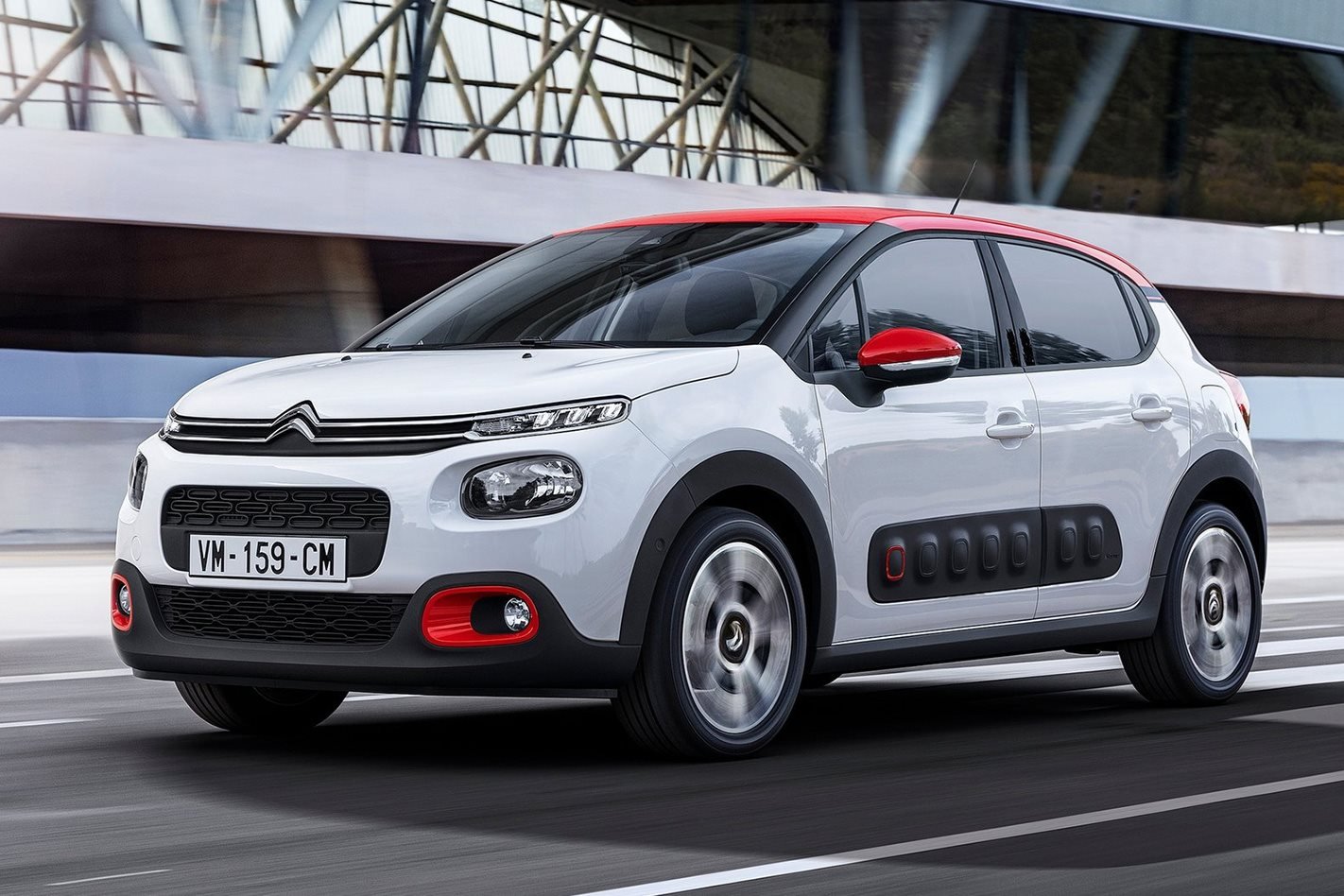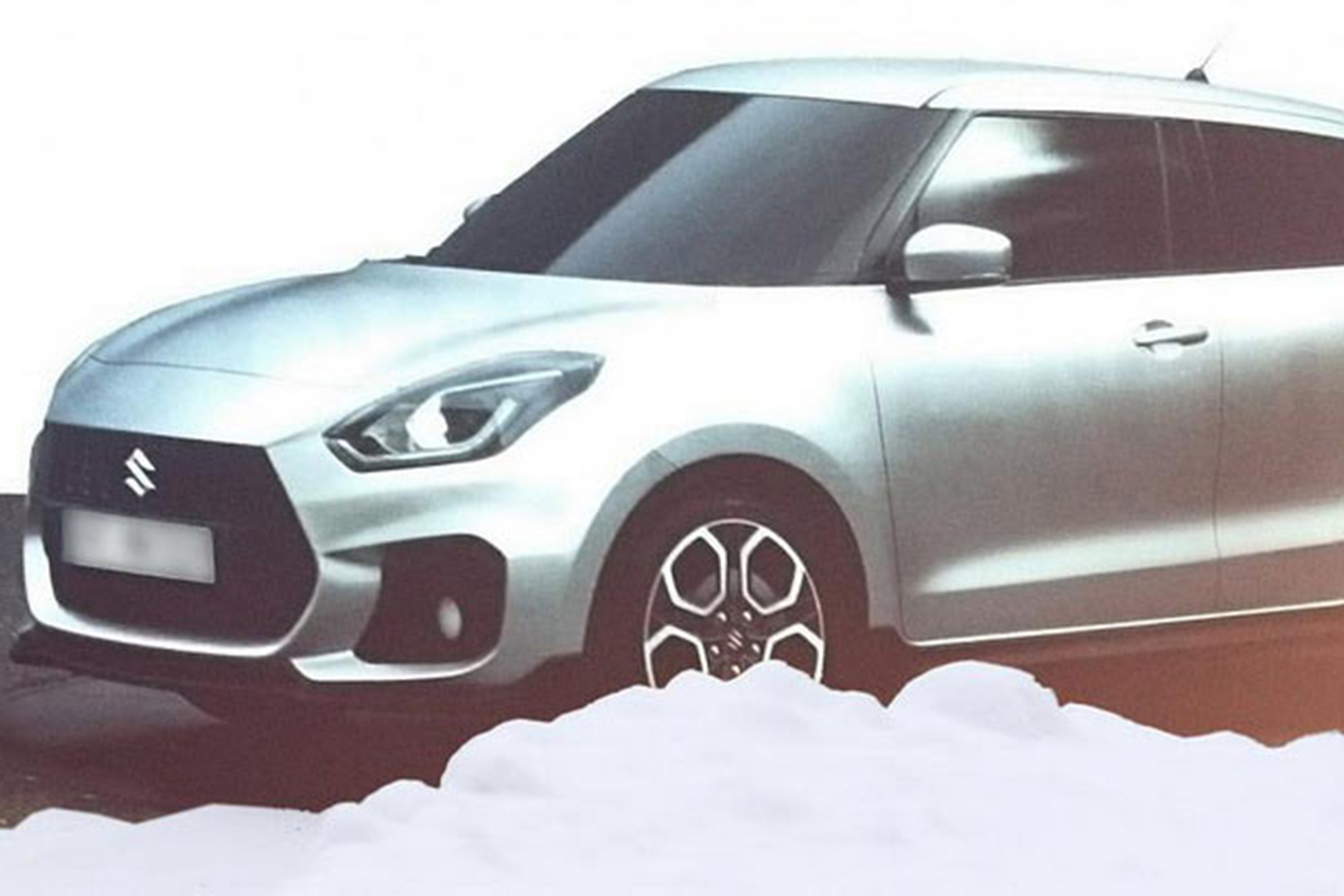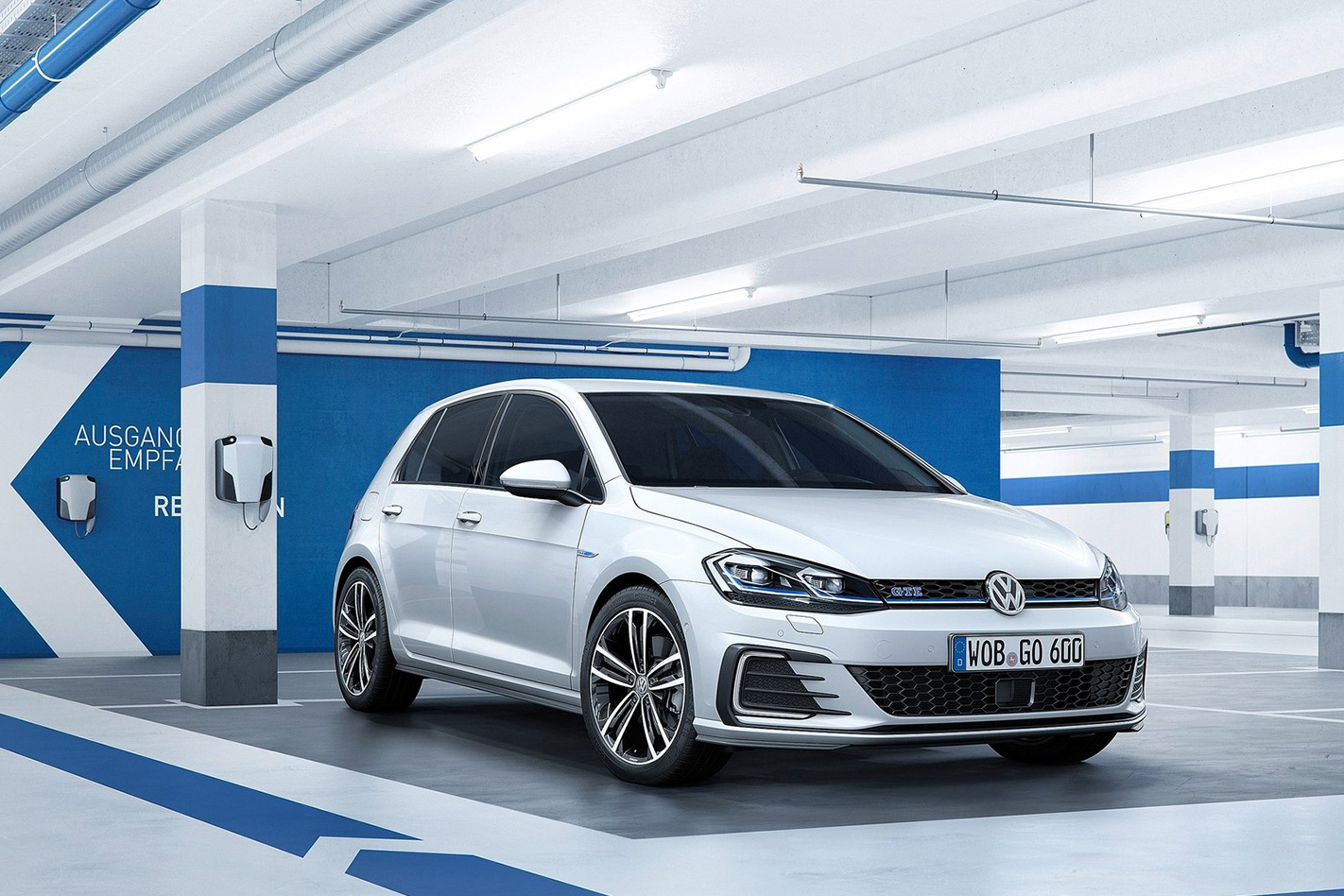
Some of Australia’s best-selling small cars – and a few that want a bigger slice of the small-car pie – are due for significant upgrades in 2017. Here’s WhichCar’s pick of them.
The French brand’s latest-generation city car is unlikely to set the sales charts ablaze but it will certainly be one of the more interesting propositions if confirmed for Australia. Styling – particularly the ‘Airbump’ side protection panels – is inspired by Citroen’s quirky Cactus hatch. A leaf is also taken out of the Mini book on customisation, with 36 different roof/body colour combinations possible. The Facebook generation will also appreciate an HD camera that can record journey photos and video for social media posts.

The car that has done more than any other to change perceptions of the Hyundai brand moves onto generation number three in April. There’s a further maturing of the Euro-style five-door’s styling, with a more upmarket interior – complete with prominent infotainment display – to match. Hyundai is promising more responsive handling from a car that is 30mm longer than before but lighter and stiffer. Regular i30s locally will take the current SR trim grade’s unassisted 2.0-litre four-cylinder, while the new SR will switch to a 1.6-litre turbo four borrowed from the Hyundai Tucson SUV and Veloster hatch.



2017 Top 5 Small Cars
| Citroen C3 | $ TBC |
| Hyundai i30 | $21,450+ |
| Kia Rio | $15,990+ |
| Suzuki Swift | $15,990+ |
| Volkswagen Golf | $22,840+ |




